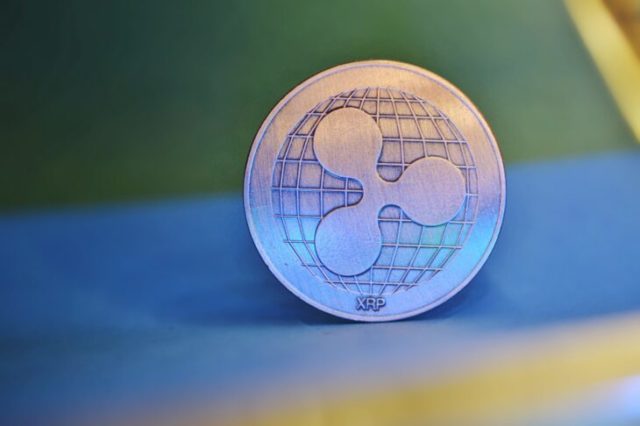In the 31st edition of the National Wine Assessment, the highlight was the labels produced in the Gaucho Campaign. During the night of last Saturday (4), more than 1600 tasters and commentators spread across the country were able to discover the 16 samples that best reflect the Brazilian terroir from the 2023 harvest.
The event is promoted annually by the Brazilian Enology Association in Bento Gonçalves (RS), but with the possibility of remote participation for those registered and serves as a reference to understand the current moment of the drink in the national territory.
This year the samples revealed a very plural wine production, whether in the types of grapes or in the places where they are produced, as explained by winemaker and president of ABE Brasil, Ricardo Morari.
“The diversity that only Brazil has has brought us to the table of consumers around the world. In addition to seeing new producing regions emerge in the country, we follow incredible high-quality projects everywhere. The 2023 Harvest tasting presented us with excellent wines, with their own characteristics and a future of no return.”
The panorama of the 2023 wine harvest
In the meteorological panorama, the winter of 2022 was very intense for Brazilian wine regions, which favored production in the south of the country.
However, low temperatures persisted during the beginning of spring with the record of late frosts that caused damage to vines grown in higher regions, mainly in high-altitude wines from the Santa Catarina mountain range.
Even so, in Rio Grande do Sul alone, almost 100 thousand tons of fine grapes were harvested, around 3% more than in the previous harvest.
Therefore, for the first time, the National Wine Assessment decided to extend the classification period for annual harvests. In this way, samples belonging to the year 2023, for example, began to be produced in the winter of 2022.
The modification takes place along the lines of European wines, in order to also benefit drinks produced in the Southeast and Central-West of the country.
In states such as São Paulo, Minas Gerais and Goiás, vineyards are cultivated in “double pruning”, that is, with the natural cycle of the vines altered.
In this technique, the branches are cut at the end of winter or at the beginning of spring to form the branches and the second pruning is done in the first months of the year, unlike the traditional harvest in the south of the country, which only takes place once a year.
The resource made it possible to pioneer a wine produced in Brasília (DF) on the list of the 16 most representative Brazilian samples. The label produced by “Vinícola Brasília” was a varietal of the Petit Syrah grape, traditionally known as “Durif” in bottles from California and Australia.
The terroir is small with just 10 vineyards and is located 60 kilometers from the central region of the federal capital, in a region known as Cerrado de Altitude.
In the glass, it has an intense ruby color. The aromas refer to notes of fruits and red flowers, as well as touches of the maturing process in French oak barrels, with great aging potential and ideal for pairing with grilled meats.
How does the choice of the 16 most representative samples of the National Wine Assessment work?

The work of the National Wine Assessment takes place throughout the year. This year, the work began in June with the registration process and sending samples to the wineries from collections directly from stainless steel tanks or barrels.
In total, the event received 503 samples from 74 Brazilian wineries. The wines were tasted blindly by 90 winemakers during the month of September and the result was shared with the public this past Saturday.
The labels were divided into the categories of: base wine for sparkling wine, non-aromatic dry fine white, aromatic dry fine white, dry fine rosé, young dry fine red and dry fine red, as per the following list:
CATEGORY SPARKLING BASE WINE
1. Chardonnay and Pinot Noir – Geisse Winery – Pinto Bandeira (RS);
2. Pinot Noir – Moet Hennessy from Brazil – Garibaldi (RS);
CATEGORY NON-AROMATIC DRY FINE WHITE
3. Alvarinho – Cooperativa Vinícola Garibaldi – Garibaldi (RS);
4. Chardonnay – Cooperativa Vinícola São João – Farroupilha (RS);
CATEGORY FINE DRY AROMATIC WHITE
5. Moscato Giallo – Hortência Vinhos e Espumantes – Flores da Cunha (RS);
6. Malvasia Aromática – Cooperativa Vinícola Aurora – Bento Gonçalves (SC);
FINE DRY ROSÉ CATEGORY
7. Tannat – Casa Venturini Wines and Sparkling Wines – Flores da Cunha (RS);
YOUNG FINE DRY RED CATEGORY
8. Merlot – Salton Winery – Bento Gonçalves (RS);
9. Pinot Noir – Miolo Win Group – Bento Gonçalves (RS);
CATEGORY FINE DRY RED
10. Marselan – Gazzaro Winery – Flores da Cunha (RS);
11. Alicante Bouschet – Salvattore Winery – Flores da Cunha (RS);
12. Cabernet Sauvignon – Perini Winery – Farroupilha (RS);
13. Cabernet Franc – Don Guerino Winery – Alto Feliz (RS);
14. Petite Syrah – Vinícola Brasília – Brasília (DF);
15. Tannat – Almadén Winery – Santana do Livramento (RS);
16. Tannat – Plátanos Winery – Farroupilha (RS)
Source: CNN Brasil
Johanna Foster is an expert opinion writer with over 7 years of experience. She has a reputation for delivering insightful and thought-provoking articles on a variety of subjects. Her work can be found on some of the top online news websites, and she is currently lending her voice to the world stock market.







